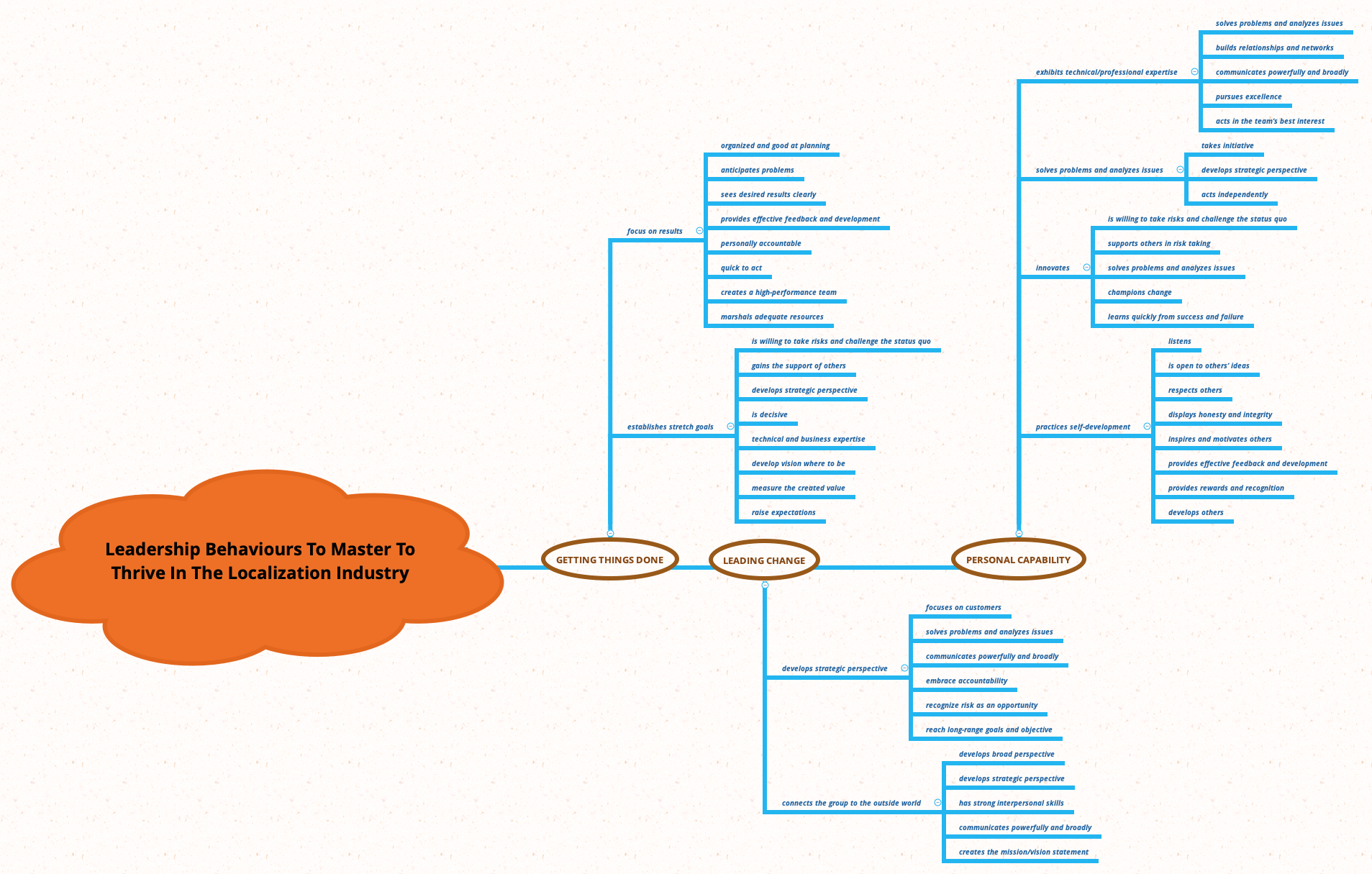Creating Global Ready Content for Localization. My 26 tips to increase content quality and boost international growth
Last Thursday in a 1:1 talking about mentorship, I was asked if I have any mentors, and at the moment, I don't, or I do, depending on how you look at it.
In my case, I find a lot of inspiration and advice in bibliographies, which may not be the first thing that comes to mind when we think of mentors. Still, I personally find books and bibliographies a powerful source of mentorship and inspiration.
A bibliography gives us a unique opportunity to understand and learn from other people's lives, challenges, professional struggles, fears, and ambitions. I find it amazing that someone would be so generous and somewhat vulnerable to share the details of their life.
This was also the case of Steve Jobs. From a leadership perspective, he was a controversial personality, as admired as he was hated by the people he collaborated with.
When Jobs was already facing the most advanced stages of his illness, Steve agreed to Walter Isaacson to write about his life in the only bibliography authorized by this creative genius.
I read this bibliography a few years ago, but there are many passages of the book that I do not remember, and I am re-reading it. It is amazing how time goes by. It's been ten years since Steve Jobs passed away.
One of the skills that caused a stir in Jobs' inner circles was his belief that customers don't know what they want until they see it.
I often see that mindset applied in the software development industry, but the results are usually not as effective as the great Steve achieved, Especially in the area I am most familiar with, Localization.
I have often seen that companies, software development teams create content without preparing it for Localization.
It's hard to have international growth today if you don't stop thinking about creating global content.
If the content is created from the beginning with Localization in mind, the global reach of a product will be greater. And that means creating a product with the customer's needs in mind, because more often than not, the customer does know what he wants, even if Steve Jobs saw it from a different perspective.
Localization is a complex and multilevel activity that requires an entire set of skills and expertise that often are overlooked when the content is created.
The effort is put into the app's design, into its source content (in English in most cases), resources are invested in graphic design in coding in marketing ... but not so much effort is put into considering how such a digital product will work on a global scale.
What works great in one culture may completely fail in another - and this is where the localization professionals have something to say when it comes to being involved in the content creation phase of a product.
If the content is originally designed considering that each market is different (i.e. written for localization/globalized), then the localization activities can be streamlined to take significantly less energy, time and resources. More importantly, it will facilitate greater engagement and customer experience because the content has been created with the customers' needs in your target market in mind. As much as Steve Jobs said they don't know what they want ... I believe they do, and that is why content designed without Localization in mind is not effective in achieving international growth.
It may be natural for an English mother-tongue content writer to use idiomatic expressions, metaphors, cultural references, slang, or complex sentences. It may even give him the feeling that he is adding value to the product with that approach. And yes, perhaps for the domestic market in which the writer is involved, it may be true that it does add value; however, if the content is not created with Localization in mind, the contrary is true. It's not easy to embrace such a "think global" attitude in the design phases. There are many areas to be aware of if the product is to be localized in many languages.
“For a company to achieve its best results in terms of both customer experience and economics, it is essential to see the localization/globalization team as a strategic partner, not a service provider.”
That partnership starts from the beginning by understanding "how to write with Localization in mind."
By doing the opposite, not writing with Localization in mind, we will incur higher costs, longer turnaround times, and even low-quality localized products.
To avoid this situation, follow the tips below as you develop content. This post, this infographic, summarizes best practices I've seen during my career that help create highly localizable content.
Click HERE to download the infographic in PDF format for a better readability
I hope you find this list of tips helpful to create products that satisfy our global customers. Even though Steve Jobs thought that users don't know what they want, we can still create products that meet our international customers. Because sometimes customers do know what they want, sorry Steve to disagree on this with you ☺️
Have a great week!
@yolocalizo
















This feels like a pivotal moment. Localization teams are being asked to support more markets, move faster, use AI responsibly, and show impact, not just output. Expectations are higher than ever, but many teams are still trained mainly for execution. We are strong at delivering localization work, yet we often struggle to move from output to outcome and to clearly explain the impact of what we do.